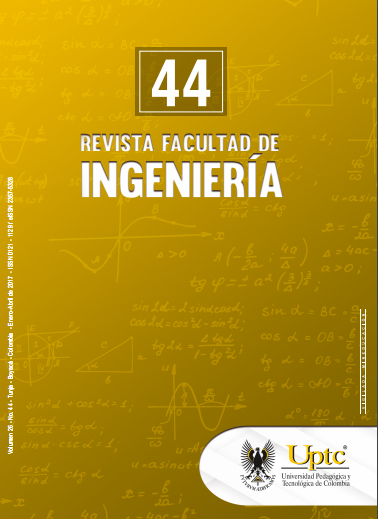Best practices of interoperability among heterogeneous software systems: a Semat-based representation

Abstract
Interoperability among heterogeneous software systems is a software quality sub-characteristic. Some methods for dealing with interoperability exhibit differences in aspects like generality, development method, and work products, among others. However, some authors understand interoperability as a non-functional requirement with general-purpose practices for identifying and specifying such requirement. Other authors assess and achieve interoperability by using work products falling beyond defined practices. Consequently, in this paper we propose four best practices in order to accomplish interoperability among heterogeneous software systems. Our best practices are represented with the Semat (Software Engineering Method and Theory) kernel, since it includes a language with simple and precise elements. Definition of interoperability best practices enables unification of the effort focused on software systems interoperability.
Keywords
best practices, heterogeneous software systems, interoperability, Semat
References
- Systems and software Engineering-Systems and software Quality Requirements and Evaluation, ISO/ IEC 25000: 2014.
- C4ISR Interoperability Working Group, Levels of information systems interoperability (LISI). Washington, DC, 1998.
- L. Chung, B. A. Nixon, E. Yu, and J. Mylopoulos, Non-functional requirements in software engineering. Boston, MA: Springer US, 2000. DOI: http://doi.org/10.1007/978-1-4615-5269-7. DOI: https://doi.org/10.1007/978-1-4615-5269-7
- B. Paech and D. Kerkow, “Non-functional requirements engineering-quality is essential,” in Proc. 10th International Workshop on Requirements Engineering Foundation for Software Quality, Riga, Latvia, 2004, pp. 237-250.
- W. M. Farid, “The NORMAP Methodology: Lightweight Engineering of Non-functional Requirements for Agile Processes,” in Proc. 2012 19th Asia-Pacific Software Engineering Conference, Hong Kong, China, Dec. 2012, pp. 322-325. DOI: http://doi.org/10.1109/APSEC.2012.23. DOI: https://doi.org/10.1109/APSEC.2012.23
- S. Supakkul, E. Oladimeji, and L. Chung, “Toward component non-functional interoperability analysis: A uml-based and goal-oriented approach,” in Proc. IEEE International Conference on Information Reuse and Integration, Waikoloa, USA, 2006, pp. 351-358. DOI: https://doi.org/10.1109/IRI.2006.252439
- I. Brito, A. Moreira, and J. Araújo, “A requirements model for quality attributes,” in Proc. Aspect-Oriented Requirements Engineering and Architecture Design, Enschede, Netherlands, 2002, pp. 1-7.
- C. M. Zapata (Traductor), I. Jacobson, P. P. W. Ng, P. E. McMahon, I. Spence, and S. Lidman, “La Esencia de la Ingeniería de Software: El Núcleo de Semat,” Revista Latinoamericana de Ingeniería de Software, vol. 1(3), pp. 71-78, Jun. 2013. DOI: https://doi.org/10.18294/relais.2013.71-78
- I. Jacobson, P. Ng, P. McMahon, I. Spence, and S. Lidman, Kernel and Language for Software Engineering Methods (Essence), Needham, MA: OMG, 2014.